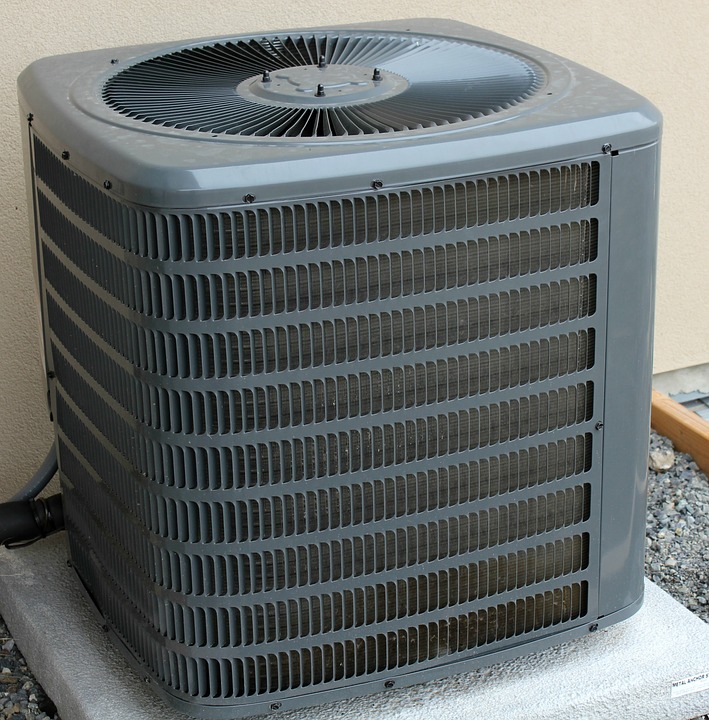Your air conditioning system works hard to keep your home cool, especially during the hottest months. While many homeowners focus on the indoor components, the exterior unit—often called the condenser—plays a crucial role in ensuring efficiency and longevity. Neglecting it can lead to higher energy bills, poor cooling performance, and even system failure. Here’s how to properly maintain the exterior portion of your AC system.
1. Keep It Clean and Clear
The outdoor unit needs proper airflow to function efficiently. Over time, dirt, leaves, and debris can accumulate around the condenser, restricting airflow and causing the system to overwork. To prevent this:
- Remove leaves, grass clippings, and debris from around the unit regularly.
- Trim any vegetation at least two feet away from the unit to ensure proper airflow.
- Use a garden hose (on a gentle setting) to rinse off dirt and dust from the fins—avoid using high-pressure water, as it can damage delicate components.
2. Inspect and Clean the Coils
The condenser coils play a vital role in dissipating heat from your home. If they become dirty, the system has to work harder, reducing efficiency. To maintain them:
- Turn off the power to the unit before cleaning.
- Use a coil cleaner or a mix of mild detergent and water to gently clean the coils.
- Rinse with low-pressure water and allow them to dry completely.
3. Check and Straighten the Fins
The metal fins on your AC condenser are designed to help dissipate heat. However, they are delicate and can easily bend, restricting airflow. If you notice bent fins:
- Use a fin comb or a small butter knife to gently straighten them.
- Be careful not to insert anything too deeply, as the coils behind the fins can be damaged.
4. Maintain Proper Clearance Around the Unit
Your outdoor unit needs space to breathe. If it’s too close to walls, fences, or landscaping, airflow will be restricted, reducing efficiency. Make sure:
- There is at least two feet of clearance around the unit.
- No objects (such as patio furniture or storage bins) are blocking airflow.
- Tall grass and weeds are trimmed regularly.
5. Inspect and Clean the Drain Line
Many AC systems have a condensate drain line that removes excess moisture. If this line becomes clogged, it can lead to water damage and system malfunctions.
- Locate the drain line (often a PVC pipe near the unit) and ensure it’s free of blockages.
- Pour a mixture of vinegar and water down the drain line periodically to prevent algae buildup.
6. Check for Signs of Wear and Tear
A quick visual inspection can help you catch potential issues before they become major problems. Look for:
- Cracked or damaged refrigerant lines.
- Loose electrical connections (if you’re unsure, have a professional check them).
- Unusual noises or vibrations when the unit is running.
7. Schedule Professional Maintenance
While regular DIY maintenance helps keep your AC running smoothly, it’s still important to have a professional HVAC technician inspect the system annually. They can:
- Check refrigerant levels.
- Ensure all electrical components are working properly.
- Test system performance and identify potential issues early.
Final Thoughts
Maintaining the exterior portion of your AC system is essential for energy efficiency, cooling performance, and system longevity. A little effort in keeping it clean, clearing debris, and checking for minor issues can prevent costly repairs and ensure your home stays comfortable year-round.

